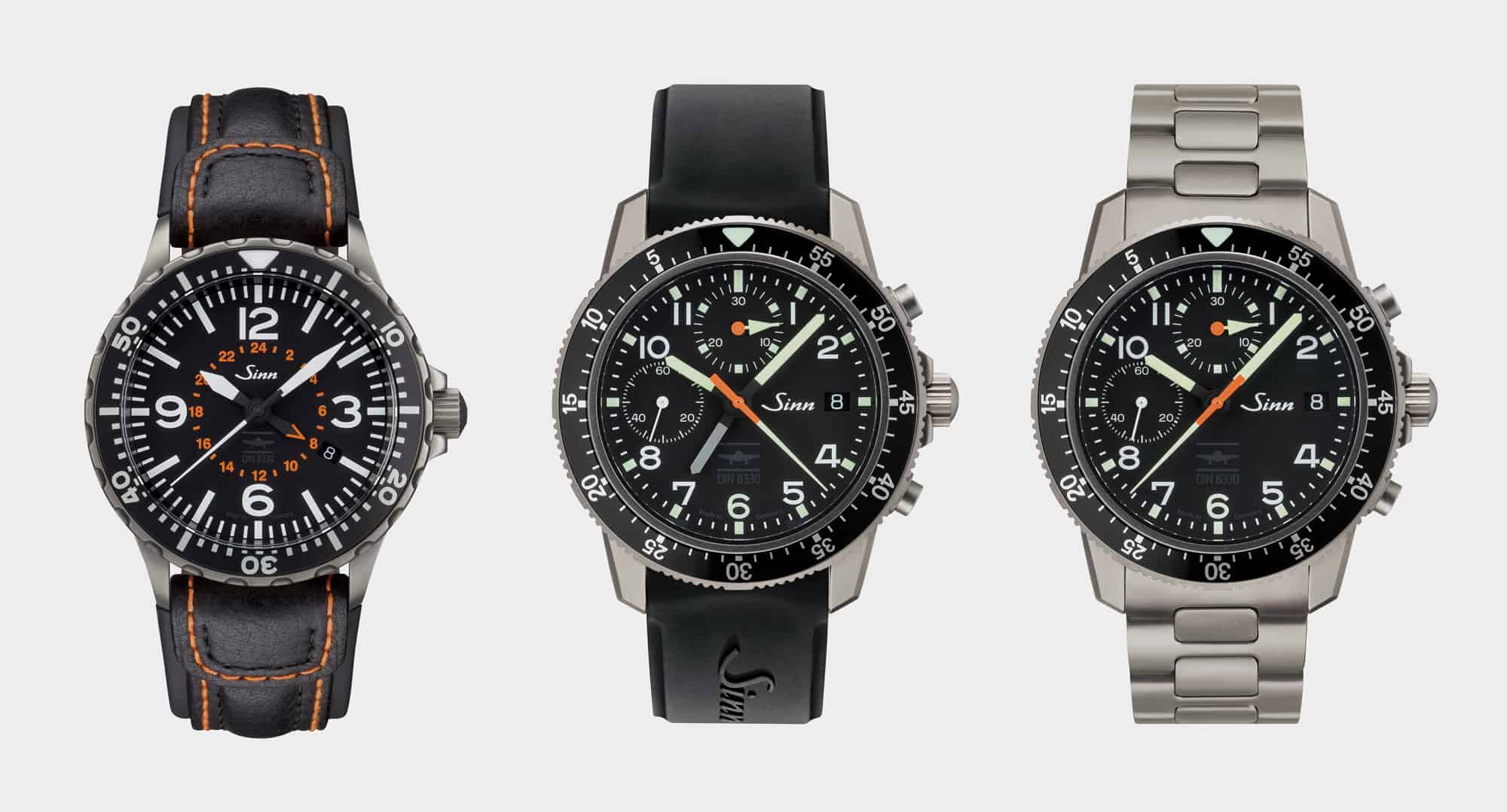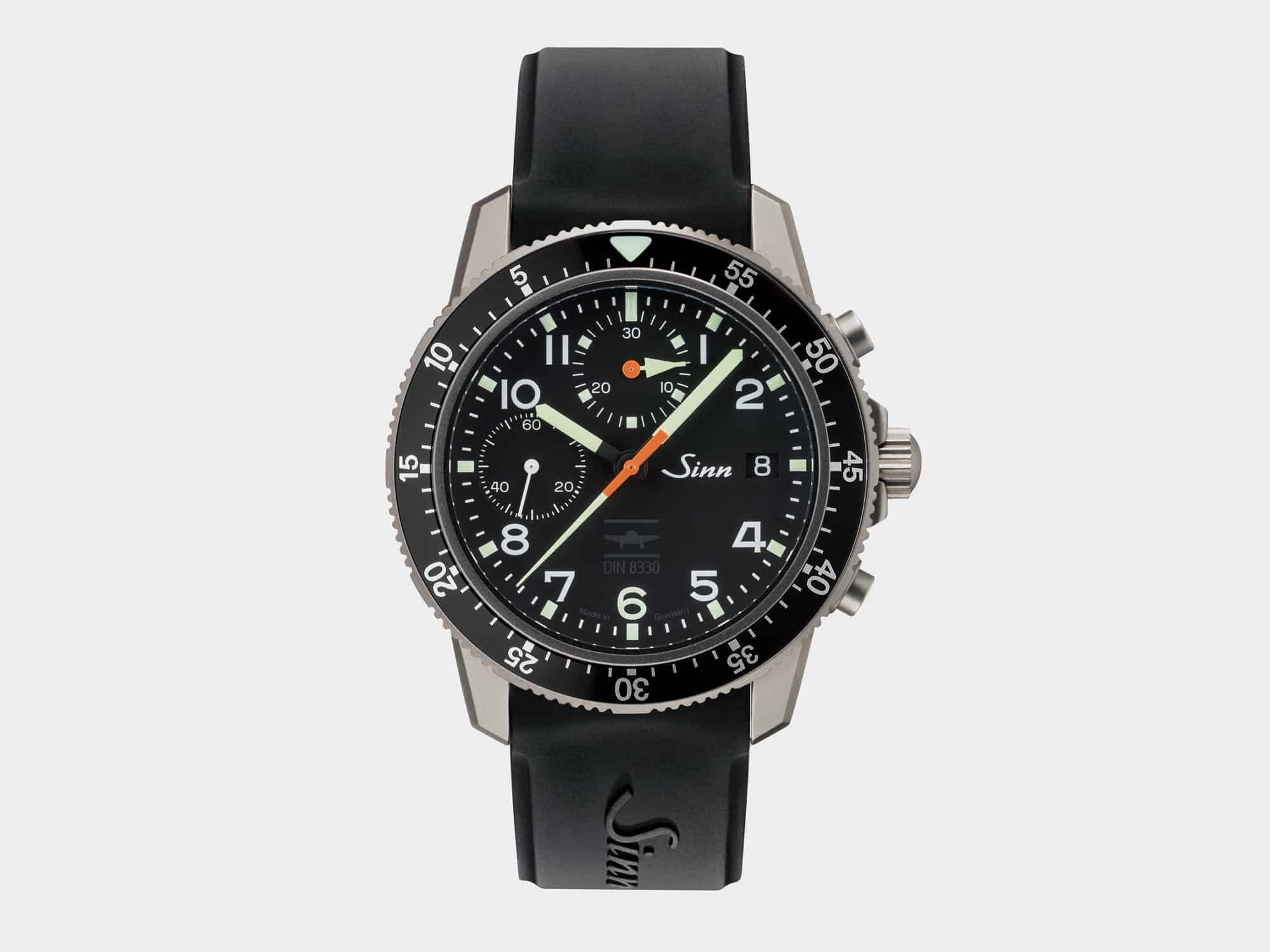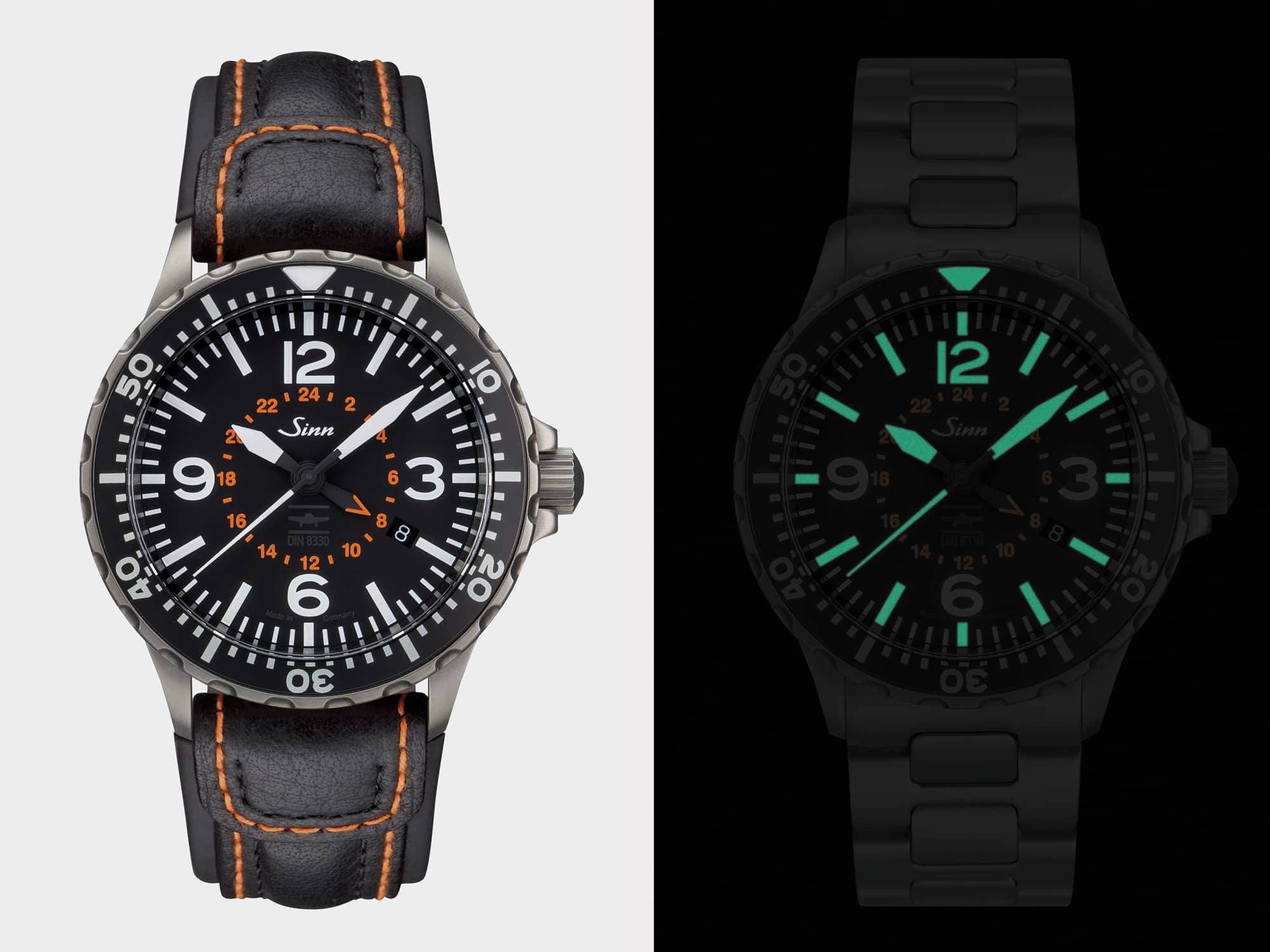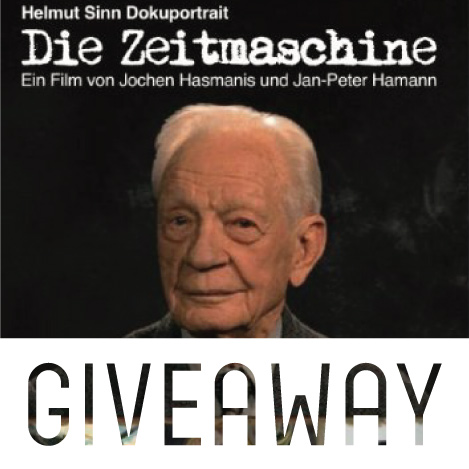For a long time, one could slap a set of sword hands on a dial and call it a pilot’s watch. Then the TESTAF certification came along and changed all that. First introduced in 2012, the TESTAF standard was developed by Dr. Frank Janser of the Flight Laboratory of the Faculty of Aerospace Technology of the Aachen University of Applied Sciences in cooperation with German watch brand Sinn. TESTAF defined and standardized what it mean to be a pilot’s watch on a technical level, covering everything from the general functionality and legibility of a watch to its performance under extreme circumstances. Naturally, Sinn was one of the earliest adopters, releasing several TESTAF-certified models over the last three years. Stowa followed suit shortly thereafter.

Then in mid-2013, Sinn—with participation from others in the German watchmaking and aviation industries—began to work on a pilot’s standard through DIN. For those unaware, DIN, the German Institute for Standardization, is the same organization responsible for the DIN 8306 standard used to certify professional dive watches. The result of this project was the DIN 8330 pilot’s watch standard, largely built on the foundation of the TESTAF certification. The difference? Even stricter guidelines regarding a watch’s ability to withstand vibrations, day and night readability, and resistance against liquids commonly encountered in aviation (think fuel and lubricants).
Sinn, being the ultimate tool-watch brand that it is, unveiled three new DIN-certified watches: 103 Ti IFR, 103 Ti UTC IFR, and 857 UTC VFR. (Stowa released its own DIN-certified pilot’s watch at Basel 2016.)
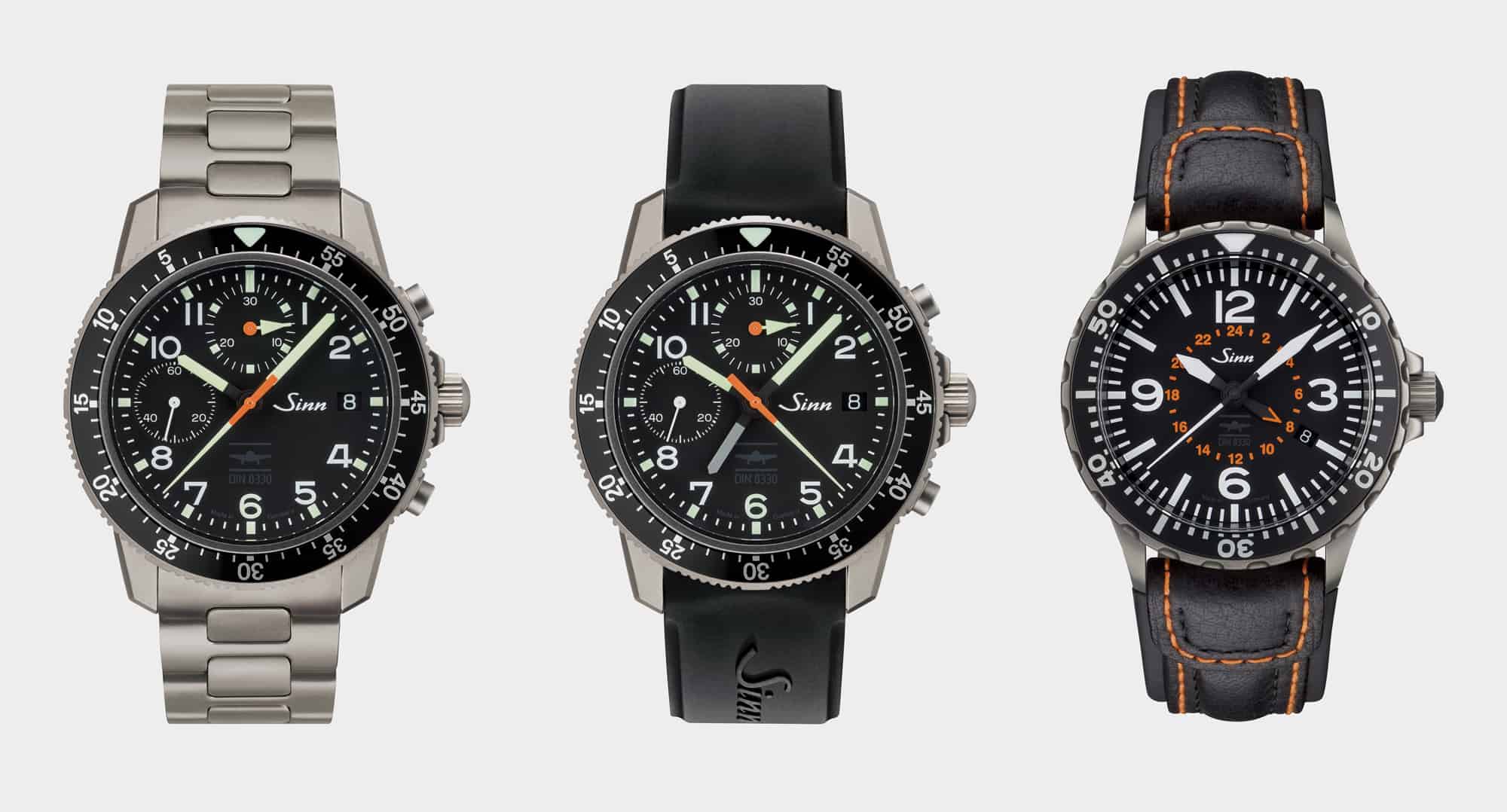









 Featured Videos
Featured Videos




